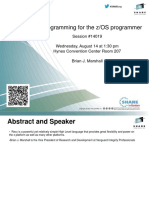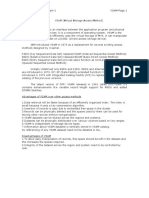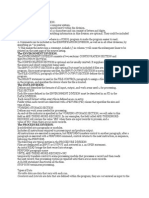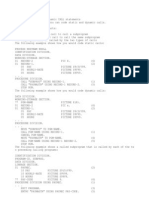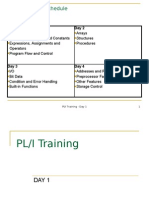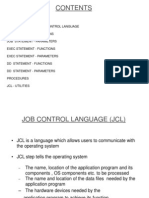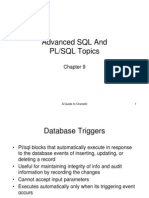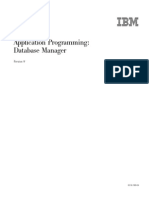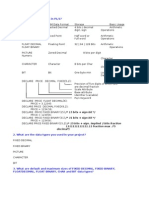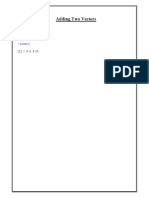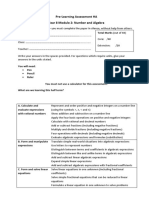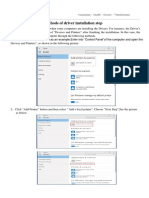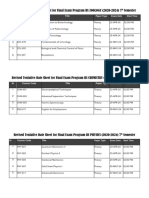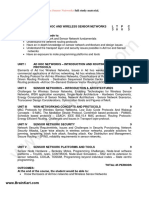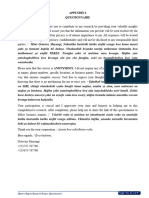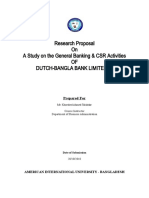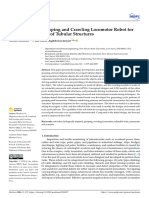0% found this document useful (0 votes)
169 views10 pagesR Basics PDF
This document contains code examples demonstrating various concepts in R programming including vectors, matrices, lists, data frames, and functions. It shows how to create, access, manipulate, and perform operations on different data types in R like numeric, character, logical, and complex vectors as well as lists, matrices, arrays, and data frames. Various assignment, arithmetic, relational, and logical operators are also demonstrated along with built-in functions, string manipulation, and accessing/modifying elements of vectors and lists.
Uploaded by
SAILY JADHAVCopyright
© © All Rights Reserved
We take content rights seriously. If you suspect this is your content, claim it here.
Available Formats
Download as PDF, TXT or read online on Scribd
0% found this document useful (0 votes)
169 views10 pagesR Basics PDF
This document contains code examples demonstrating various concepts in R programming including vectors, matrices, lists, data frames, and functions. It shows how to create, access, manipulate, and perform operations on different data types in R like numeric, character, logical, and complex vectors as well as lists, matrices, arrays, and data frames. Various assignment, arithmetic, relational, and logical operators are also demonstrated along with built-in functions, string manipulation, and accessing/modifying elements of vectors and lists.
Uploaded by
SAILY JADHAVCopyright
© © All Rights Reserved
We take content rights seriously. If you suspect this is your content, claim it here.
Available Formats
Download as PDF, TXT or read online on Scribd
/ 10



